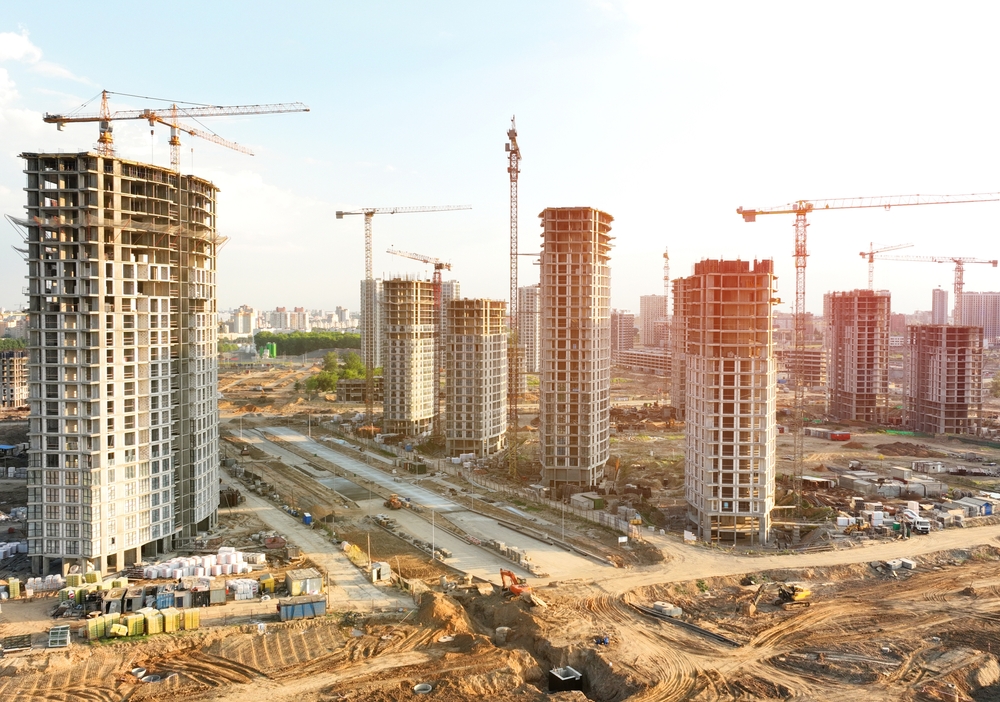The Integration of Building Technologies in Smart Home Design
The Integration of Building Technologies in Smart Home Design

Introduction
Building Technologies in Smart Home Design: As the world grapples with climate change, reducing carbon footprint has become a global priority. The construction industry, known for its significant environmental impact, is undergoing a transformation, thanks to emerging building technologies. These advancements are playing a crucial role in minimizing the carbon emissions associated with construction and building operations. This article will explore the role of building technologies in reducing carbon footprint and creating a more sustainable future.
Energy-Efficient Systems
One of the primary ways building technologies help reduce carbon emissions is by improving energy efficiency. Traditional buildings consume a large amount of energy for heating, cooling, and lighting. However, modern building technologies, such as smart HVAC systems, energy-efficient lighting, and automated controls, allow for more efficient energy use. These systems can adjust energy consumption in real-time based on occupancy and environmental conditions, resulting in lower energy use and, consequently, a reduced carbon footprint.
Smart thermostats and sensors also allow for better control of energy consumption in buildings, ensuring that energy is used only when needed. By optimizing energy use, these systems not only reduce operational costs but also contribute to a lower environmental impact.
Building Information Modeling (BIM) for Sustainability
Building Information Modeling (BIM) has revolutionized the design and construction process by enabling precise planning, reducing errors, and minimizing waste. By simulating and analyzing different design options, BIM allows architects and engineers to create energy-efficient buildings with reduced carbon footprints. Additionally, it facilitates collaboration across disciplines, leading to better resource management and more sustainable outcomes.
With BIM, builders can design structures that take into account energy efficiency, material use, and long-term sustainability. This holistic approach to building design is essential for reducing the environmental impact of construction projects.

Smart Materials
Innovative smart materials are also contributing to lower carbon emissions in the construction industry. Materials like self-healing concrete and phase-change materials (PCMs) help improve building longevity and energy efficiency. Self-healing concrete can repair cracks on its own, reducing the need for energy-intensive repairs, while PCMs regulate indoor temperatures, reducing the demand for heating and cooling.
Incorporating smart materials in construction projects not only reduces energy consumption but also extends the lifespan of buildings, further decreasing their overall carbon footprint.
Renewable Energy Integration
Another important aspect of reducing the carbon footprint of buildings is the integration of renewable energy technologies. Solar panels, wind turbines, and geothermal systems are increasingly being incorporated into building designs to generate clean, renewable energy. These technologies allow buildings to rely less on fossil fuels, significantly cutting down their carbon emissions.
Solar panels, for instance, can provide a substantial portion of a building’s energy needs, especially when paired with energy storage systems. By harnessing renewable energy, buildings can become nearly self-sufficient and greatly reduce their reliance on carbon-intensive energy sources.
For more information on renewable energy integration in construction, check out the International Renewable Energy Agency (IRENA).
Waste Reduction and Recycling
Building technologies are also improving waste management practices in construction. Prefabrication, modular construction, and 3D printing technologies allow for more precise manufacturing of building components, reducing material waste. By using fewer raw materials and recycling construction waste, these technologies help decrease the environmental impact of construction projects.
In addition, digital tools and software can track and optimize the use of materials throughout the construction process, ensuring minimal waste and more efficient use of resources.
The Future of Low-Carbon Construction
As we move toward a more sustainable future, the role of building technologies in reducing carbon footprint will only grow. With advancements in energy-efficient systems, smart materials, and renewable energy integration, the construction industry is becoming more eco-friendly and resource-efficient.
For additional resources on sustainable construction practices, visit the World Green Building Council and their global projects focused on decarbonizing the built environment.
Conclusion
Building Technologies in Smart Home Design: Building technologies are essential tools in the fight against climate change. From energy-efficient systems to smart materials and renewable energy solutions, these innovations are driving the construction industry toward a greener, more sustainable future. As the adoption of these technologies increases, so will their positive impact on reducing carbon footprints worldwide.
To learn more about sustainable building technologies for your project, contact us here.
Read more related articles to enhance your knowledge and make informed decisions
10 Essential Steps in the Building Construction Process
How to Choose the Right Materials for Your Construction Project








